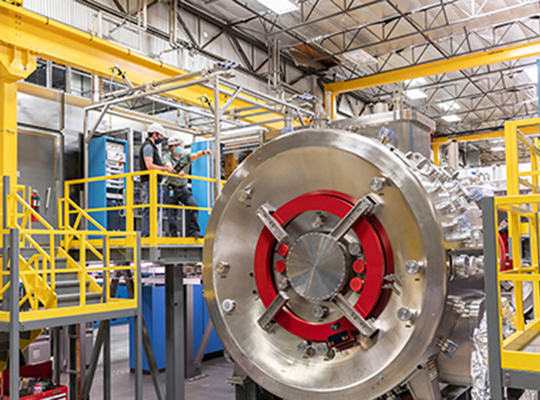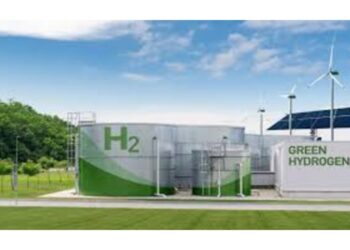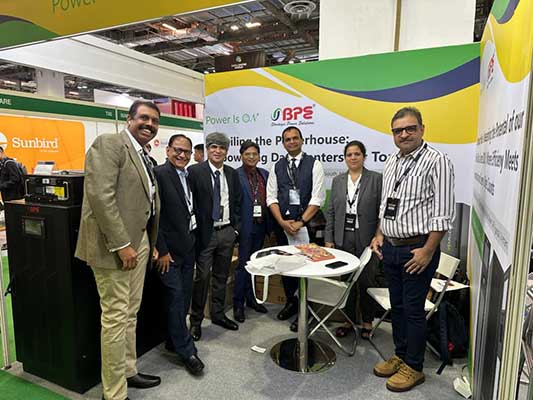RALEIGH, NC — North Carolina has enacted landmark energy legislation that recognizes fusion technology’s safety and environmental benefits. Senate Bill 678 demonstrates the state’s commitment to investing in fusion as a new clean electricity source that can be an important part of the state’s energy mix.
“We applaud North Carolina’s leadership in passing this new law recognizing the vast potential of the fusion industry. With the state’s history of being first in flight, a wealth of intellectual advancement in the Research Triangle and impressive commitment to American jobs in manufacturing, fusion energy’s future is bright in North Carolina,” said TAE Technologies CEO Michl Binderbauer. TAE is the nation’s first private company pursuing the commercialization of fusion energy.
Authored by State Senate Majority Leader Paul Newton (R-District 34), State Sen. Buck Newton (R-District 4), and State Sen. David Craven (R-District 29), Senate Bill 678 was passed by a two-one margin on October 10. The bill defines “clean energy” to include fusion energy and defines the term “fusion energy,” clearly distinguishing fusion energy from traditional nuclear fission plants. The bill also ensures that fusion energy will help the State achieve its clean energy goals, including the Clean Energy and Energy Efficiency Portfolio Standard and related incentives, and aligns the law with the North Carolina Utilities Commission’s Carbon Plan that aims to achieve carbon neutrality by 2050.
On the occasion of the signing, Senate Majority Leader Paul Newton said, “The future will be filled with the commercialization of a variety of exciting energy innovations, and among them will be fusion. North Carolina will be ready!”
TAE Technologies is the global leader in commercial development of aneutronic fusion power, an advanced form of fusion that does not produce neutrons in its primary reaction and has several key benefits, including no radioactive waste and longer-life devices that result in lower energy prices for producers and consumers.
This legislation follows the recent net energy achievement of the Lawrence Livermore National Laboratory, and reflects a global race to harness the power of fusion for commercial use. Earlier this year, TAE broke ground at a new 100,000 square foot facility to house its next fusion research machine, Copernicus, which is expected to demonstrate the viability of net energy generation from TAE’s proprietary configuration around the mid-2020s. With that milestone in hand, TAE will develop its first prototype hydrogen-boron fusion power plant, Da Vinci, to deliver electricity to the grid in the early 2030s.











